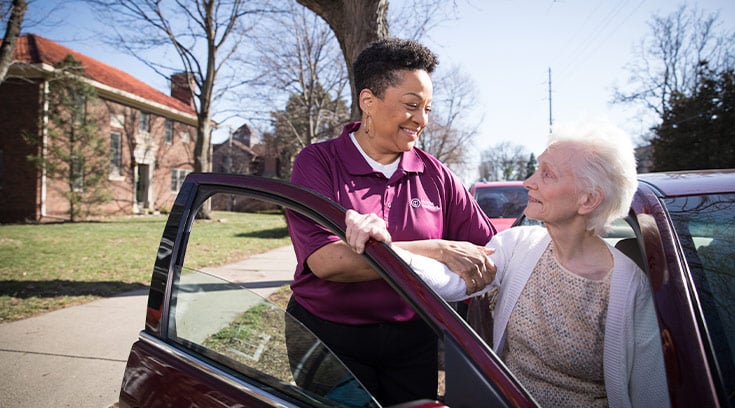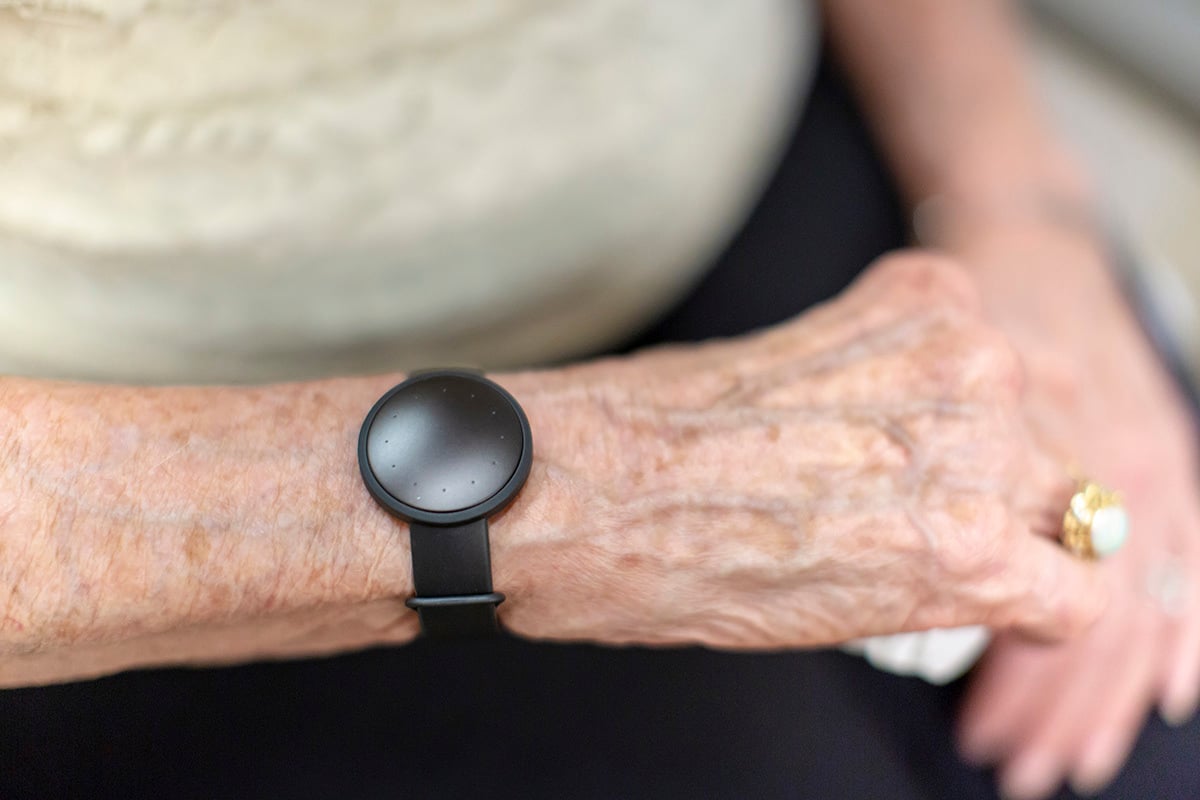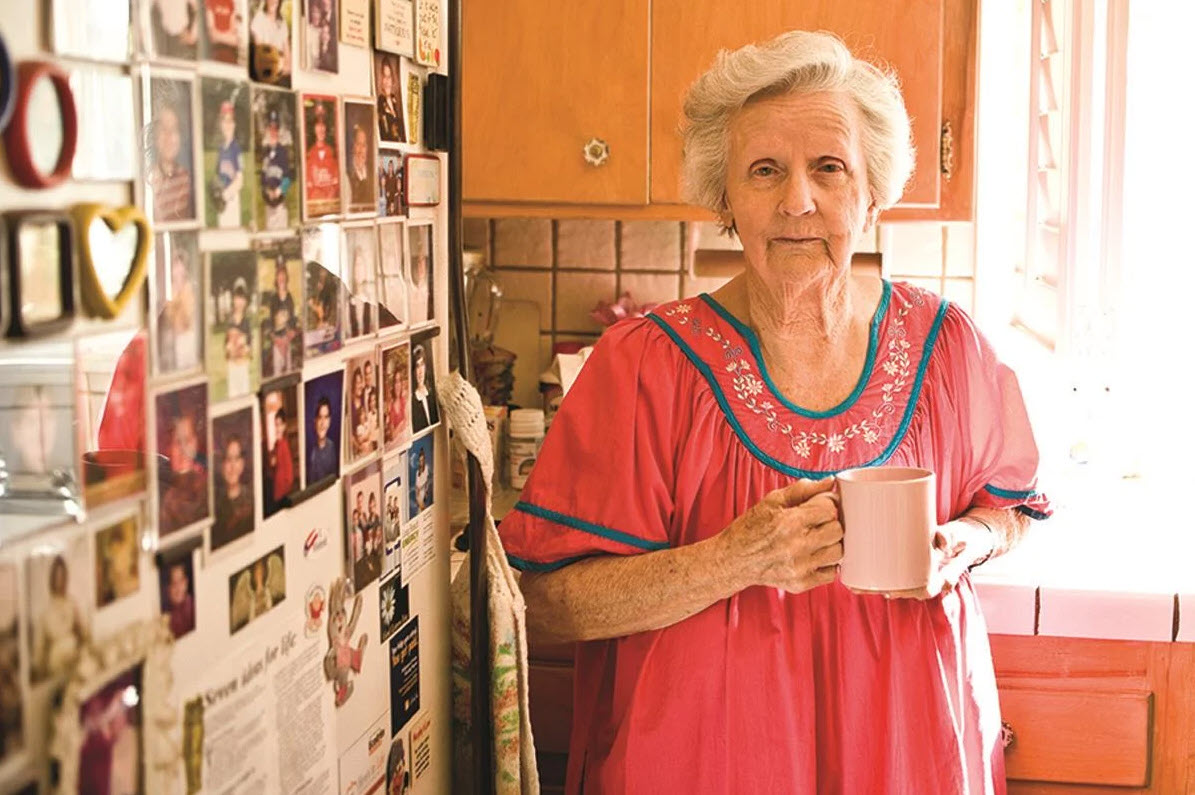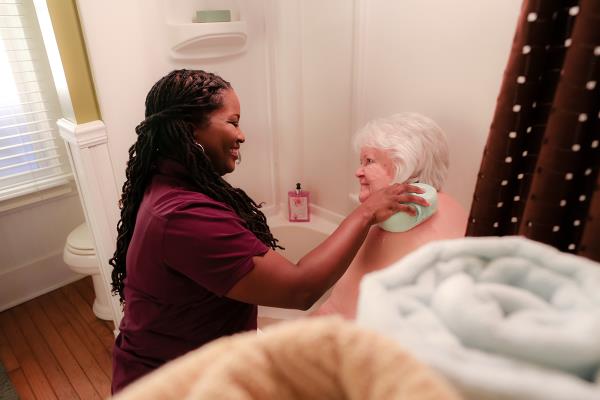In a survey from Home Instead, 94 percent of older adults said they plan to age in their own home, even as health needs change.
As more older adults choose to age in place, technology advancements—some of which provide day-to-day assistance while others help monitor health—are becoming key tools in a home care plan.
It’s essential to find the right balance between tools to help older adults feel empowered and connected, and the personal, hands-on professional support from a caregiver.
“Technology is a very beneficial tool, especially when paired with the helping hand of a family member or professional caregiver,” said Lakelyn Hogan Eichenberger, Ph.D., gerontologist and caregiver advocate at Home Instead. “This personal support and companionship can mean all the difference in being able to choose where you want to live as you grow older.”
Although some technology can be intimidating for older adults, a 2021 survey showed that seniors in particular are learning to embrace technology more than ever before. According to the survey, one in four seniors said they felt more comfortable using new technology than they did just one year ago.
While many increased their use of technology to stay connected with loved ones, 30 percent stated they will continue using technology to help them with care in the home.
Striking a balance between high-tech solutions and human interaction will be key to advancing the future of care.
10 Top Aging-in-Place Technologies
Here are 10 technologies that can be incorporated into older adults' lives and make it easier to age in place and remain at home.
1. Video Doorbell: This smart technology from Ring, and other providers, hooks into existing doorbells that enable a homeowner to see who comes to the door via the phone.2. Voice and Remote Thermostat: This tool (Google Nest, Amazon Smart Thermostat, and others) helps monitor thermostat functions including furnace and air conditioning by voice or by cell phone.
3. Virtual Assistant: Amazon’s Echo or Google Home allows homeowners to control their home with their voice – locking doors, turning lights on and off, adjusting the thermostat or viewing camera feeds
4. Stove Fire Prevention Devices: These devices automatically shut off a stove if it is left unattended for a specific time. Devices like this are especially helpful for older adults living with dementia.
5. Home Monitoring Systems: Monitoring systems could help family caregivers make sure their loved ones are safe and secure. To allow for independence, some systems do not require human intervention and have the ability to monitor even body temperature and sleep.
6. Specialized tablets: Devices like GrandPad help connect older adults with loved ones to interact and share photos and memories.
7. Social Media Platforms: Over the past two years, technologies like Zoom and Facebook have become important ways to help older adults stay connected with loved ones and friends.
8. Watches with GPS Capabilities: These smart watches from Apple, Garmin, FitBit and many others, can often track heart rate, blood pressure and body temperature. They can also track an aging loved one’s location and will alert 911 if there is a fall.
9. Online Grocery Delivery: This service helps limit worries about falling when out and about, as the groceries are brought right to the customer’s door. Delivery also comes in handy if inclement weather or sickness keeps an aging adult home.
10. Telehealth: When health questions arise, it’s easy to schedule a medical appointment via computer or smart phone. Telehealth has several advantages, including cost savings, convenience, and the ability to provide care to older adults with mobility limitations, or those without easy access to a local doctor or clinic.
There may be hesitancies around technology adoption, some of which might include keeping up with ever-changing features and fear of online safety, but incorporating technology into routine caregiving tasks can offer a wide range of benefits for older adults and caregivers.
For more ways to help keep aging adults safe at home, check out Top Five Aging in Place Pitfalls.
Compassionate Home Care





